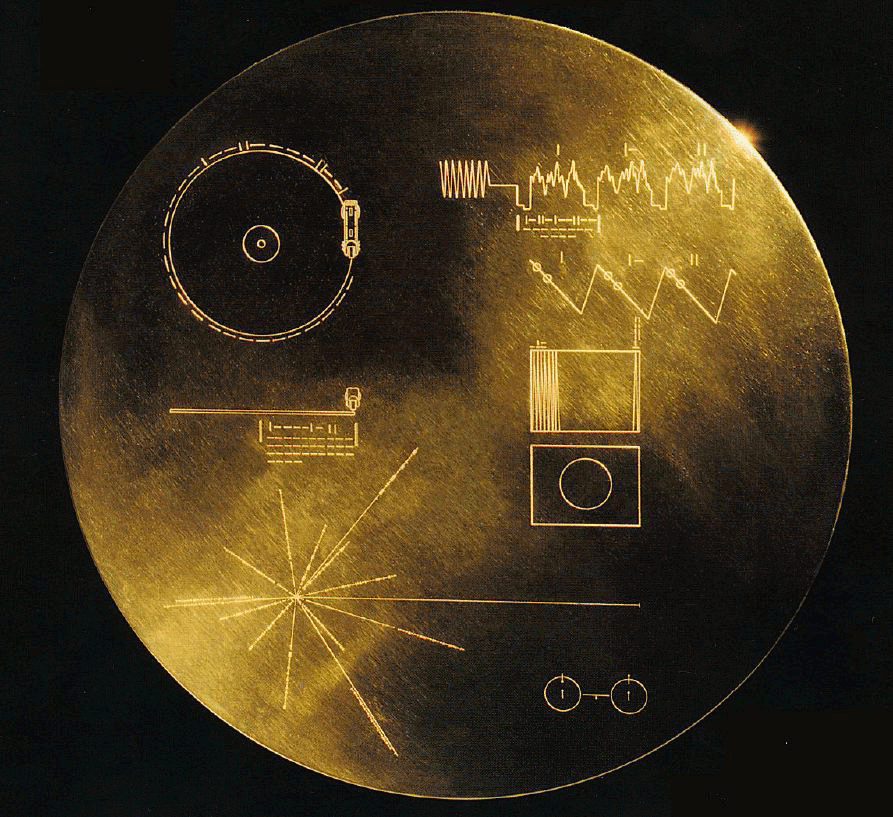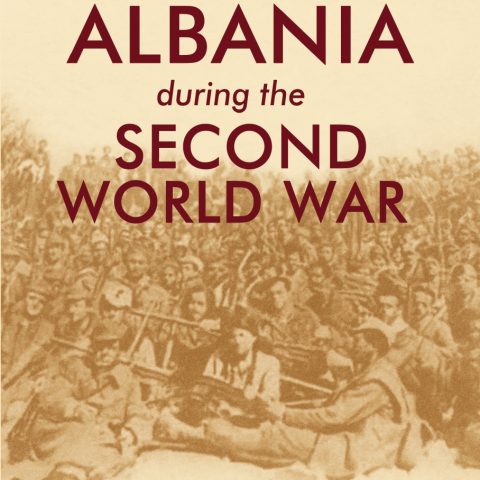TIRANA, Dec. 10 – Albania’s winning project for the 2016 Venice Architecture Biennale, “I Have Left You the Mountain” is a pavilion, a publication, a public program and a record, UK-based Leah Whitman-Salkin, one of the winning designers representing Albania has said.
Ten new songs, with lyrics written by living authors about contemporary conditions of migration, will be sung in multipart form by groups of Albanian iso-polyphonic music, proclaimed by UNESCO as a ‘Masterpiece of the Oral and Intangible heritage of Humanity.’ The music will fill the space of the Albanian Pavilion at the 2016 Venice Architecture Biennale.
As multiple parts of one ‘voice,’ iso-polyphonic singers have been described by ethnomusicologist Ardian Ahmedaja as ‘individuals in company.’ A living art form in step with the generations of migration and transition, ‘singing migration’ has been a core part of processing departure, longing, and return.
“The Venice pavilion will be transformed into a space of collective listening; of ‘individuals in company.’ ‘I Have Left You the Mountain’ initiates a conversation about the urbanism of migration, projecting the Albanian case onto an international stage, with the express intention to transmit that dialogue and its speculations back into Albania,” Whitman-Salkin told Tirana Times in a comment.
She describes the story of Albanian urbanism as one of constant resettlement. This pattern of uprootedness has extended from the defensive relocation of villages during Ottoman rule, to the communist regime’s dispersed industrial new towns, followed by their subsequent abandonment after the fall of communism, to the continued exodus of Albanians seeking economic opportunities abroad.
“Today, a large portion of the Albanian diaspora is returning. Indeed, Albania has been a territory whose human settlements have been in motion more often than not. And, it has a unique musical form, iso-polyphony, which specifically addresses the act of migration both in structure and content,” she added.
Leah Whitman-Salkin is deputy editor of Harvard Design Magazine and former editor at Sternberg Press. She has contributed to diverse international magazines and critical theory publications and has initiated and organized public events in the field of art, architecture and urbanism. She will represent Albania along with Tirana-based architect Simon Battisti and London-based à…bà¤ke transdisciplinary graphic design collective.
The project is a clear proposal with strong capacity to evoke places and loss through polyphonic singing, or multipart lyric, said the international jury which included renowned names such as Italian architect Elisabetta Terragni and Albanian-French contemporary artist Anri Sala.
“The theme of displacement and migration anchors by its roots deep into Albania’s remote past and also reverberates, bouncing back the recent European history. This pavilion, through its minimalist installation, will try to make people thinking and fill the space with personal and unspoken memories silence and music,” the jury said.
The 15th International Architecture exhibition scheduled for May to November 2016 will focus on “Reporting from the front” which will be about bringing to a broader audience, what is it like to improve the quality of life while working on the margins, under tough circumstances, facing pressing challenges, says curator Alejandro Aravena.
“The Exhibition will be about focusing and learning from architectures that by balancing intelligence and intuition are able to escape the status quo,” he says.
Albania made its first-ever participation at the Venice Architecture Biennale in 2010 with the “Beyond Color” exhibition.










